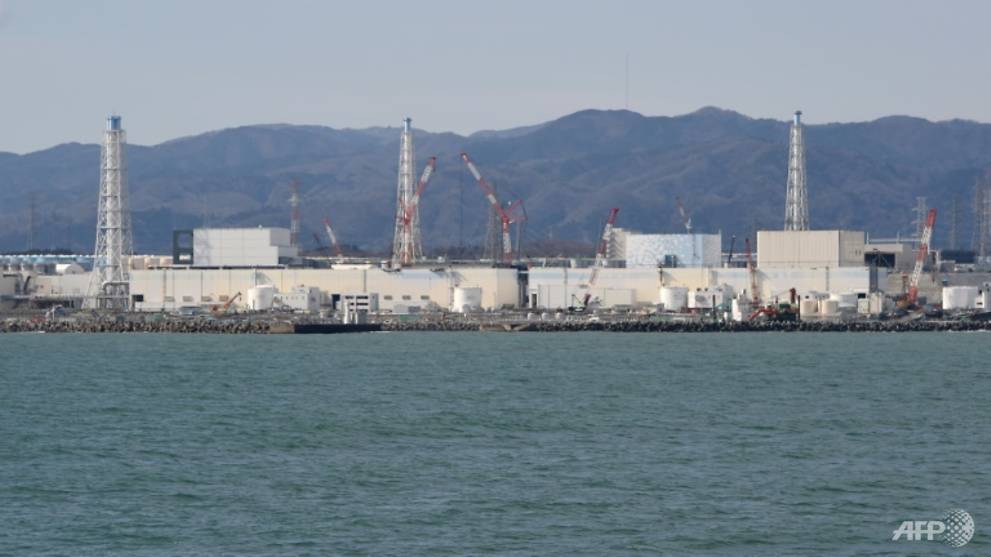
Fukushima clean-up reduces radiation levels, but not all
PARIS: Clean-up efforts at Japan's Fukushima nuclear plant, destroyed by a massive earthquake a..

PARIS: Clean-up efforts at Japan's Fukushima nuclear plant, destroyed by a massive earthquake and tsunami in 2011, have significantly reduced radiation levels but untreated forested areas remain a problem, scientists said Thursday (Dec 12).
The disaster, second only to the massive Chernobyl meltdown in 1986, spewed radioactive material over a huge area, with the Japanese authorities targeting 9,000 square kilometres of the most contaminated land for remedial work.
Advertisement
Advertisement
This involved scraping off the top five centimetres of soil which was found to reduce the most common radiation source of Caesium 137 by about 80 per cent, according to a review of studies on the clean-up operation published in the journal Soil.
Lead author Olivier Evrard, researcher in the climate sciences and environment laboratory at the University of San Quentin-en-Yvelines near Paris, said this technique was proving to be effective in dealing with Caesium 137 in the most accessible areas.
Caesium 137 "is the biggest risk for the population over the medium- and long-term as it can persist in the environment for up to three centuries if it is not dealt with," Evrard said.
This method, however, has serious drawbacks, not least the cost at 24 billion euros (US$27 billion) so far, the review said.
Advertisement
Advertisement
It had also generated massive amounts of material, 20 million cubic metres of topsoil, most of which will have to be safely stored for perhaps 30 years and eventually treated.
The main concern is that remedial work has only been done on arable and other easily acceRead More – Source
